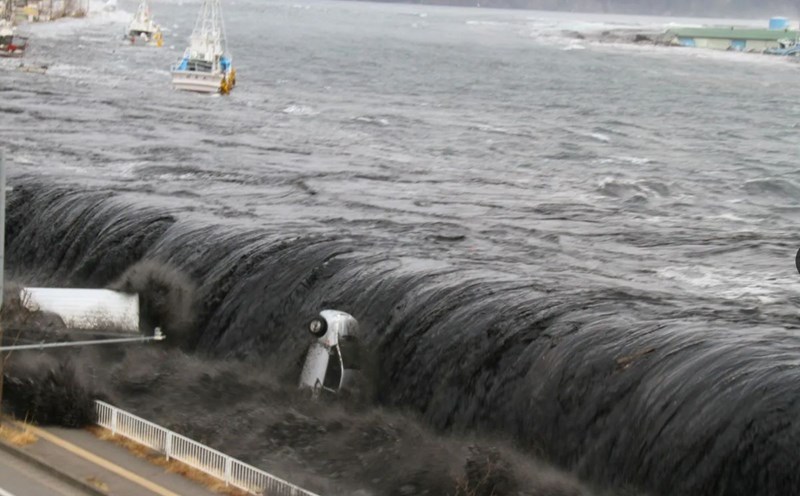Japan's average temperature in June was 2.34 degrees Celsius above normal for the month, due to strong high-pressure systems in the region.
Not only on land, coastal temperatures along Japan also recorded unusually highs, up 1.2 degrees Celsius from average, equivalent to the temperature recorded in June 2024 - the highest since 1982. The meteorological agency warned that next month, there will continue to be high temperatures across the country.
Although Japanese meteorologists are cautious about directly linking specific weather phenomena to climate change, they admit that they have observed increasingly unpredictable weather trends due to climate change over time.
In recent years, summer and fall in Japan have continuously broken temperature records. Last summer was one of the hottest on record, and the fall that followed was also the warmest autumn in 126 years.
The impact of high temperatures has appeared clearly in nature. Cherry blossoms - a cultural symbol of Japan - may now bloom earlier or even not bloom at all because winter and autumn are not cold enough to stimulate the flowering process.
The top of Mount Fuji - often covered in white snow - has also been snow-free for the longest time on record last year. The snow only began to appear in early November instead of October as is the average of the years.
The harsh weather did not stop in the summer. The dry winter increases the risk of forest fires. The northern Ofunato region has seen the largest forest fire in three decades. Meanwhile, some places experienced record amounts of snowfall, causing fatal accidents, obstructing traffic and increasing the risk of snowfall.
This year's rainy season in western Japan also ends 3 weeks earlier than usual - the earliest in history. At the same time, summer storms cause serious flooding, while high temperatures cause many elderly people to die from heatstroke.
This situation clearly reflects the increasingly obvious impact of climate change on extreme weather in Japan, as well as globally.











